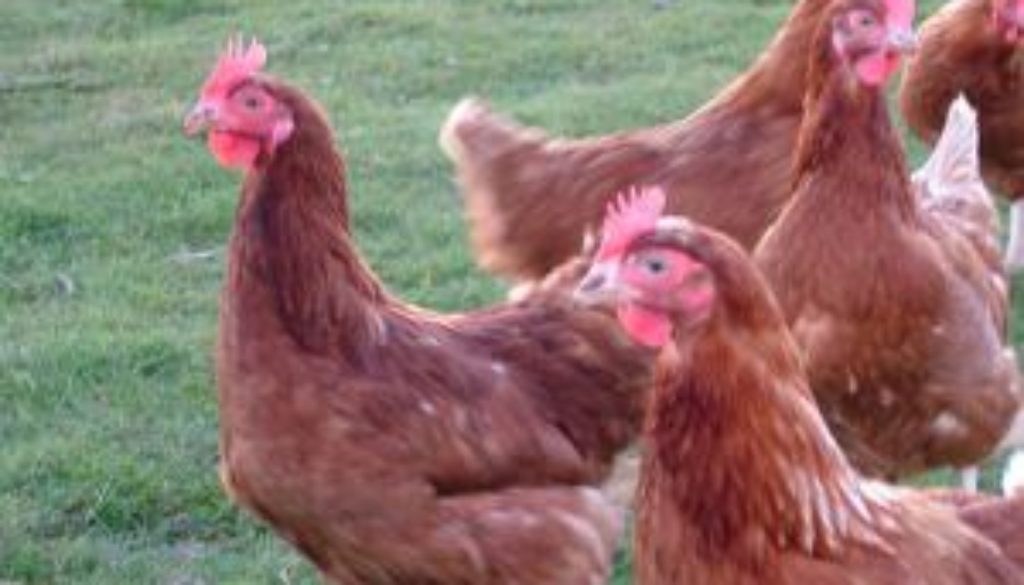Letting the Fox Guard the Henhouse — Literally
The U.S. Department of Agriculture’s (USDA) Food Safety and Inspection Service (FSIS) made the front page of The New York Times this week for its proposal to change the way chickens and other poultry are inspected in processing plants before they are sent to supermarkets and butcher shops all across the country. In January, the agency published a controversial new proposal that would shift responsibility for inspections away from agency inspectors and allow employees of the slaughtering plants to judge their own handiwork. We’re not the only ones who think asking chicken producers to police themselves might be a bad idea.
Currently, federal inspectors pull chickens and other poultry that look contaminated or diseased from the production line to ensure they don’t enter the food chain. If this responsibility shifts to employees in a plant, the employees would face pressure to get as many chickens and turkeys as possible through production and shipped out to the public. We already have regular salmonella outbreaks. This seems like a recipe for more.
Industry has been clamoring for this type of self-regulation for quite some time, and Cass Sunstein, administrator of the White House Office of Information and Regulatory Affairs (OIRA), cited this proposed change as an example of a rule that would produce benefits and save industry lots of money. So what are the “benefits”?
All of the benefits of this proposal come from saving the poultry industry and FSIS money. Under the new system, there will be fewer visual inspections of poultry, so FSIS will employ fewer inspectors. FSIS estimates that it will save between $85 million and $95 million over the next three years, and the poultry companies estimate that they will save about $250 million. This is because when inspectors aren’t examining each poultry carcass, the poultry processors can speed up the production line.

